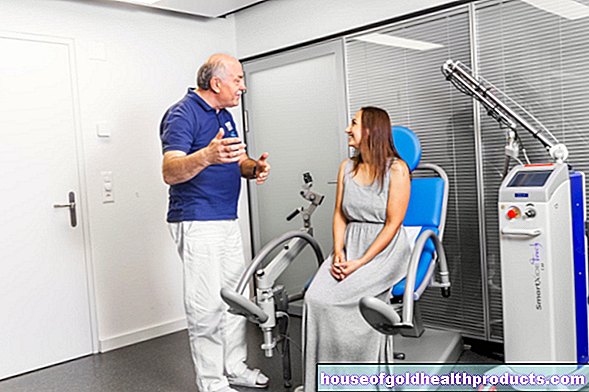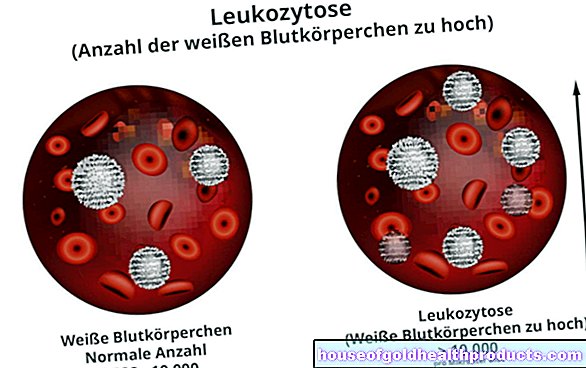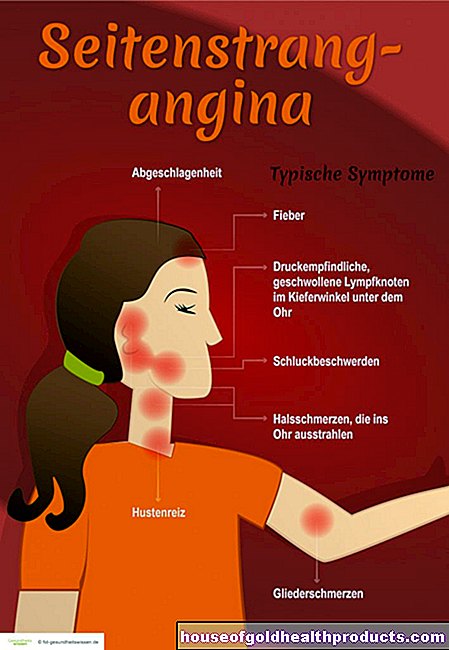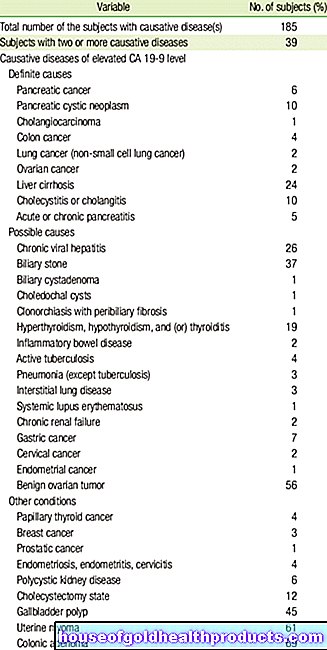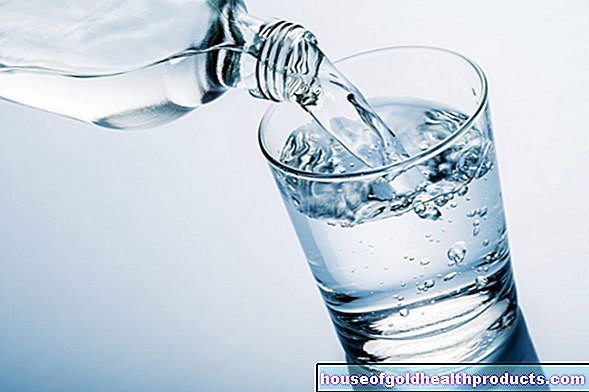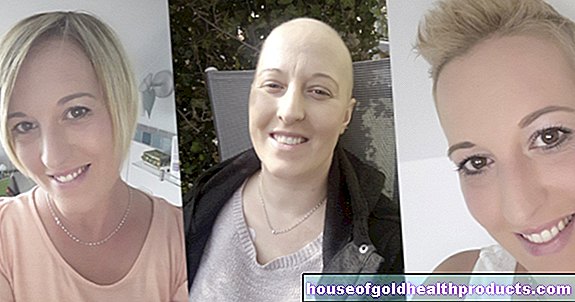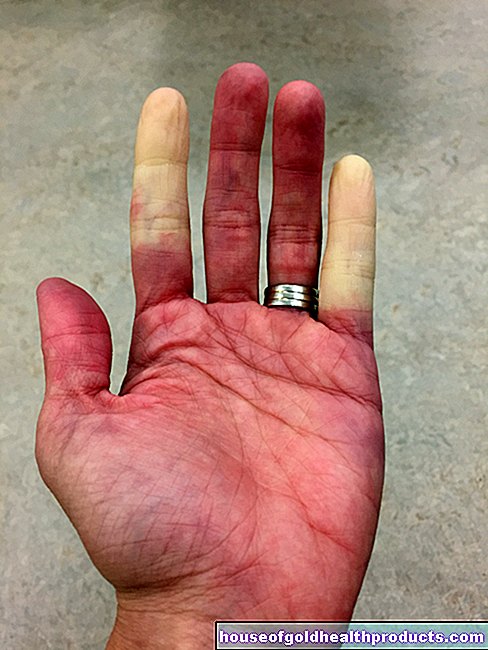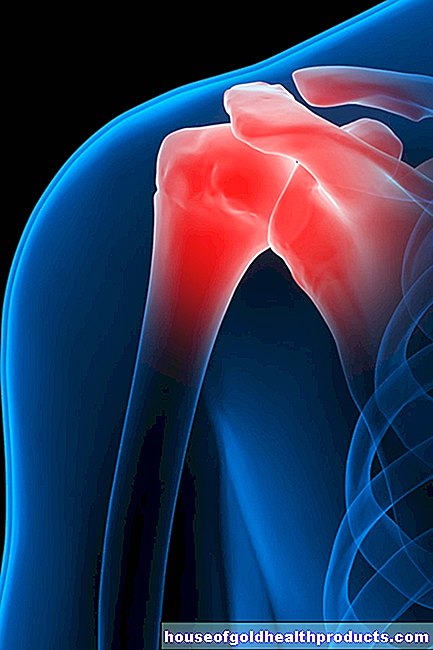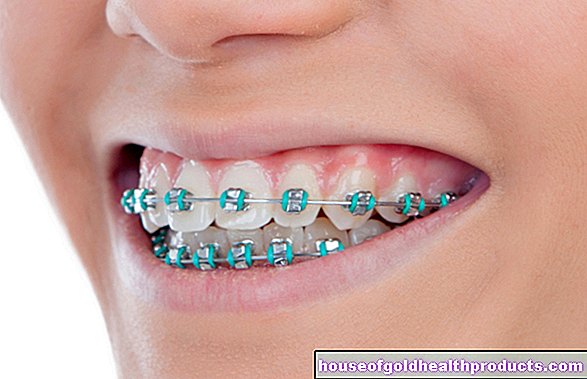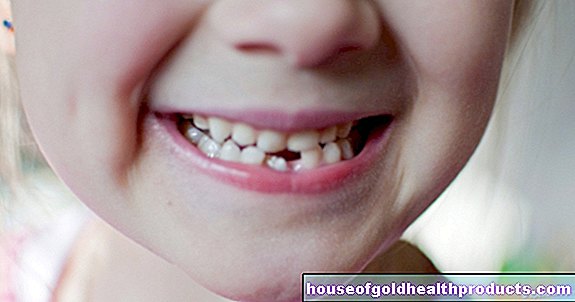Scar care
Carola Felchner is a freelance writer in the medical department and a certified training and nutrition advisor. She worked for various specialist magazines and online portals before becoming a freelance journalist in 2015. Before starting her internship, she studied translation and interpreting in Kempten and Munich.
More about the experts All content is checked by medical journalists.Proper scar care treatment can help fade the visible memory of a skin wound. Because only rarely is a scar considered a trophy. Usually one is happy when a skin defect heals well and leaves a scar that is as inconspicuous as possible. But how should you take care of fresh scars? And what can I do to fade older scars? You can read the answers here.
ICD codes for this disease: ICD codes are internationally recognized codes for medical diagnoses. They can be found, for example, in doctor's letters or on certificates of incapacity for work. L90L91

Medical scar care
In order for scar care to achieve the best effect after an operation or an injury, it should be started as early as possible. In the early stages, the scar is still in the process of being remodeled and is therefore more susceptible to treatment. The following applies: You can maintain fresh scars as soon as a wound is closed and / or the stitches are pulled.
Maintaining scars takes patience - it can't be done in a few days. For specific scar care products to work, they usually need to be used for several months. Your doctor will give you more detailed instructions on how to do this. After a few weeks, you can combine this scar treatment with a massage of the scar tissue - let your doctor or physical therapist show you how to do it.
Even older scars still respond to scar care. Some products are explicitly (also) suitable for this.
Examples of scar care products
Commonly used for scar care are for example:
- Silicone preparations (e.g. as gel, cream, foil, overlay, spray): Silicones form a water-impermeable film and thus ensure that the wound environment remains optimally moist and elastic. In addition, silicones are said to influence the activity of fibroblasts - connective tissue cells that are involved in the remodeling and regeneration of connective tissue.
- Scar reduction plasters: With their thin polyurethane film, they should have a positive effect on the skin's climate and metabolic processes, which should have a scar-reducing effect.
Additional medical methods that are intended to lighten or (as good as) remove scars can be found in the article Removing scars.
How to remove scars with home remedies?
First of all: scars cannot be completely removed with home remedies. Often not even medical methods can do that. Rather, scar care should prevent pathological scars (hypertrophic scars, keloids) from forming. In addition, it should fade the scar a little, for example by stimulating the blood circulation or making the tissue supple.
You can take care of scars yourself and improve their appearance with these home remedies and tips:
- Avoid tension, tension and pressure: Do not wear tight or scratchy clothing over the scar, as this can irritate the (fresh) scar.
- Onions: Onions have anti-inflammatory, germicidal and inhibitory effects on the growth and reproduction of fibroblasts. For example, onion extract can prevent fibroblasts from multiplying excessively and creating a very bulging scar. You can make a compress for the scar with fresh onion juice or you can put the freshly cut surface of an onion on the scar. There are also (scar) gels with onion extract. They are recommended for hypertrophic scars and keloids.
- Creams, creams, creams: So that the skin remains or becomes supple and flexible, care for it with olive oil or marigold ointment.
- Massage: To stimulate the local blood circulation and improve the elasticity of the scar tissue, massage the scar several times every day for around five minutes. Your doctor or physical therapist can show you the correct massage technique.
- Live healthily: Eat a balanced diet. Vitamins (e.g. vitamin C) and trace elements (e.g. iron, zinc) support wound healing. On the other hand, you should avoid nicotine - smoking reduces blood flow and slows down the healing process.
- Temperate well: Fresh scars don't like heat or cold. Both can irritate the scar tissue and disrupt the remodeling processes.
- Get out of the sun: Scar tissue has no pigment-forming cells (melanocytes), so it cannot protect itself from UV rays by tanning. That means: scars stand out radiantly white on tanned skin. In addition, scar tissue is easily susceptible to UV damage. You should therefore avoid direct sunlight and solariums for half a year to a full year after the wound has healed. And then conscientiously apply sunscreen to the scar.






